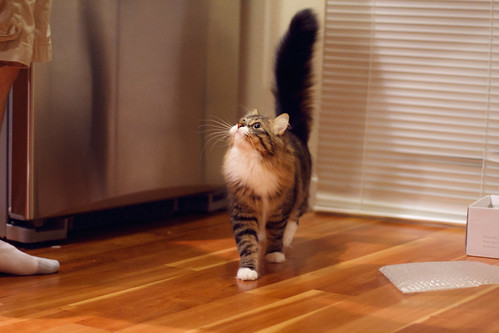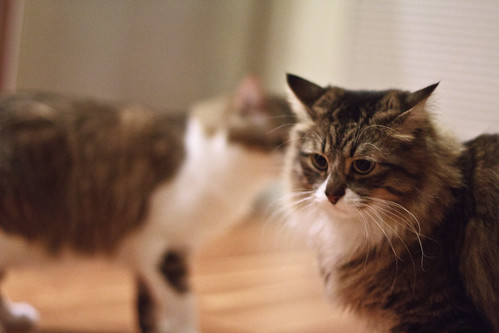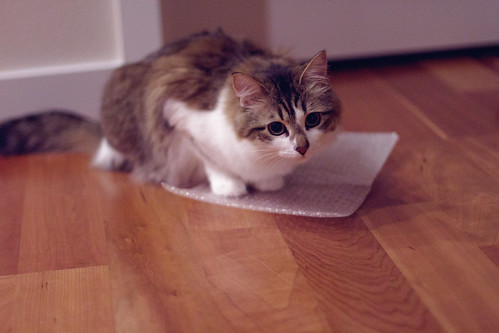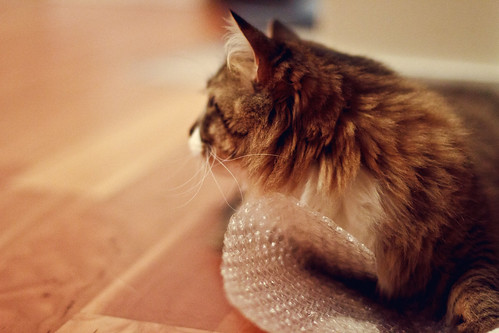Wow... they require a full frame camera... granted when I was at school full frame digitals were rare... the original canon 1ds was your only offering... I dont recall if the nikon d1x was full frame or not... be that as it may, the 7D will definitely get your skill level up and when your in school and ready for your second class you will be more than ready for the 5D mark III =) As i've mentioned before in other posts, from spending almost a decade with various canon digitals (10d, 1d, 30D, 50D, etc...) this was the first camera where I actually had to learn and sharpen my game a bit to fully utilize it to it's fullest potential. You should also be able to resell it for a good chunk when your ready or keep it as a second backup camera.
Funny how I thought the same thing about the 17-40 vs 17-55 on my original tests... I got the 17-40 because it's forward compatibility but others swear by the 17-55 but it is a personal preference. I'd definitely look at the 70-200 F4 IS and non IS... the non is around $700 and the IS is closer to 1200... something to consider on a budget. Good luck and let us know how it goes. =)
Funny how I thought the same thing about the 17-40 vs 17-55 on my original tests... I got the 17-40 because it's forward compatibility but others swear by the 17-55 but it is a personal preference. I'd definitely look at the 70-200 F4 IS and non IS... the non is around $700 and the IS is closer to 1200... something to consider on a budget. Good luck and let us know how it goes. =)
Upvote
0







